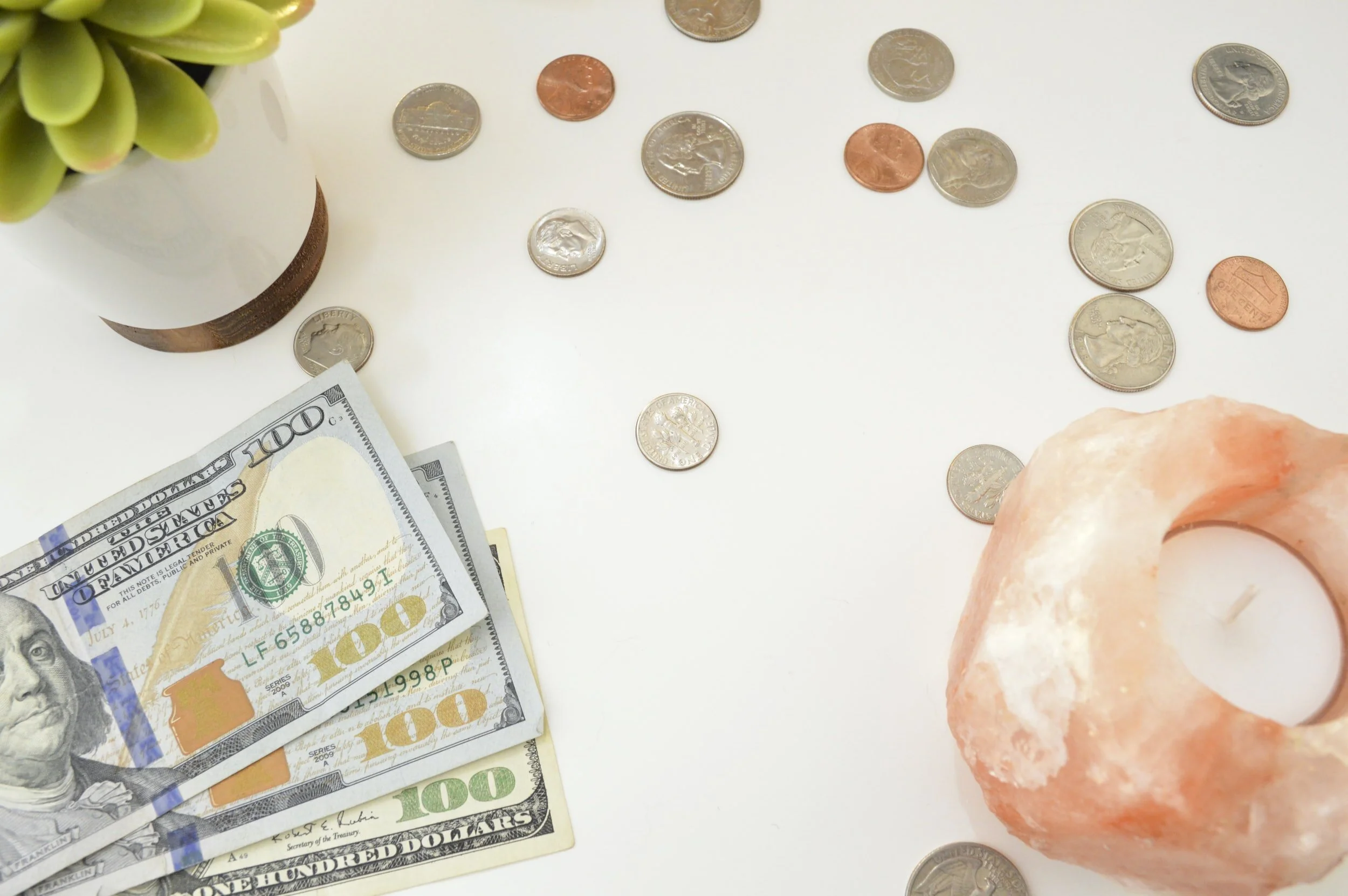How to Create a Savings Plan that Works for You
Pinterest is full of savings plans. These cute little worksheets break down how much you’re supposed to spend each day or week to meet a particular goal. Some have you start small and build up, some have random amounts, and some are more like a bingo game where you cross off which amount you saved that day until you fill up the whole card.
If you don’t know what I’m talking about, hop over to this Pinterest search results page for a moment.
These savings challenges are meant to be fun and get you excited about saving money. It’s challenging to build the habit of saving. Logging onto your bank account and moving money to your savings isn’t exactly the most exciting part of your day. Adding some pizzazz to the process with a fun worksheet might be helpful for keeping you on track.
But I have to wonder, how many people finish the whole savings challenge?
Humans get bored. Building new habits is hard. After a while, we lose interest or forget to take action one day. We think, “oh we’ll get back on track tomorrow” or “it’s ok if I miss this one day.” We lose momentum and ultimately forget about it. This is normal. It’s simply how humans work.
If you want to save money, you need to make it easy and you need to have the proper motivation.
That’s why I’ve created a new kind of savings challenge. I’m going to help you design a savings plan that is right for you. Even better, once you set it up, it doesn’t take any extra effort!
How to Create a Savings Plan that Works for You
Find Your “Why”
Saving money is not a goal. It’s an intention. It’s too general. You need to know why you want to save money.
What are you saving money for? Is it an emergency fund? A house? Vacation? Home renovation?
Why do you want those things? For example, if you’re saving for an emergency fund, it might be because you desire security or you want to avoid the shame of racking up more credit card debt. A vacation might provide you with rest, the thrill of adventure, or quality time with friends or family. Imagine how the thing you’re saving for will make you feel. Write those feelings down below.
Now you have your “why.” If you’re struggling to save for these things, it sometimes helps to create a visual to remind you and keep you motivated, especially if you need to reduce spending to save for these goals.
2. Identify how much you need to save
Add up the total amount you need to save and identify the number of months you have until you want to have the money saved. For example, if you want to buy a home in five years, the number of months would be 60 (5x12). If you want to add $3000 to your emergency fund by the end of one year, the number of months would just be 12.
Divide the total amount you want to save by the number of months. This gives you the amount you need to save each month. See example below.
3. Automate
Setting up automatic savings is the key to making it happen. Inertia, boredom, and forgetfulness can’t derail you if you make it automatic. There are two options:
Request that a portion of your paycheck go directly to a savings account. Most employers allow you to divide up your paycheck and have part sent to your checking account and part sent to a savings account. This is a good option if you just have one savings account for all of your savings and/or you’re too tempted to spend the money if it shows up in your checking account.
Set up a regular transfer from your checking account to your savings account. You can set up as many automatic transfers as you want. This is better for those who have multiple savings accounts and want a little more control. Just make sure to account for the money that will be automatically transferred out.
Anyone who has tried to start a new habit knows how hard it is. If you want to start a new workout routine, you first have to motivate yourself to show up. Then you have to motivate yourself to put on the right clothing or gather the right gear. Maybe you need to get yourself to the gym. Each step of the way requires a new commitment and provides another opportunity to give up. And then you have to repeat that every single time you want to work out.
Making things automatic is one of the best strategies for building new habits because it eliminates opportunities to give up.
That actually makes saving for your goals easy once you have the money to save. You can put your savings on autopilot and before you know it, you’ll have the money you need for your next vacation.
To make sure that you have enough money to allocate toward savings, add it into your budget and account for the savings before you account for other discretionary spending.
If you find you don’t have enough, go through your budget and evaluate everything against your savings goal. For example:
Would I rather eat out twice this week or save for my vacation?
Is it more important to have an emergency fund for financial security or to go to this movie?
Would I rather buy a new couch I don’t need for an apartment I won’t stay in or put that amount toward the down payment on my new house?
Unless you are lucky enough to money coming out of your ears, managing your money is just a series of choices about what is important and the systems you put in place to make your dream life happen.
By implementing the steps above, you can design a savings plan that helps you meet your goals. Even better, automating it will mean it actually happens.
Pin for later:






